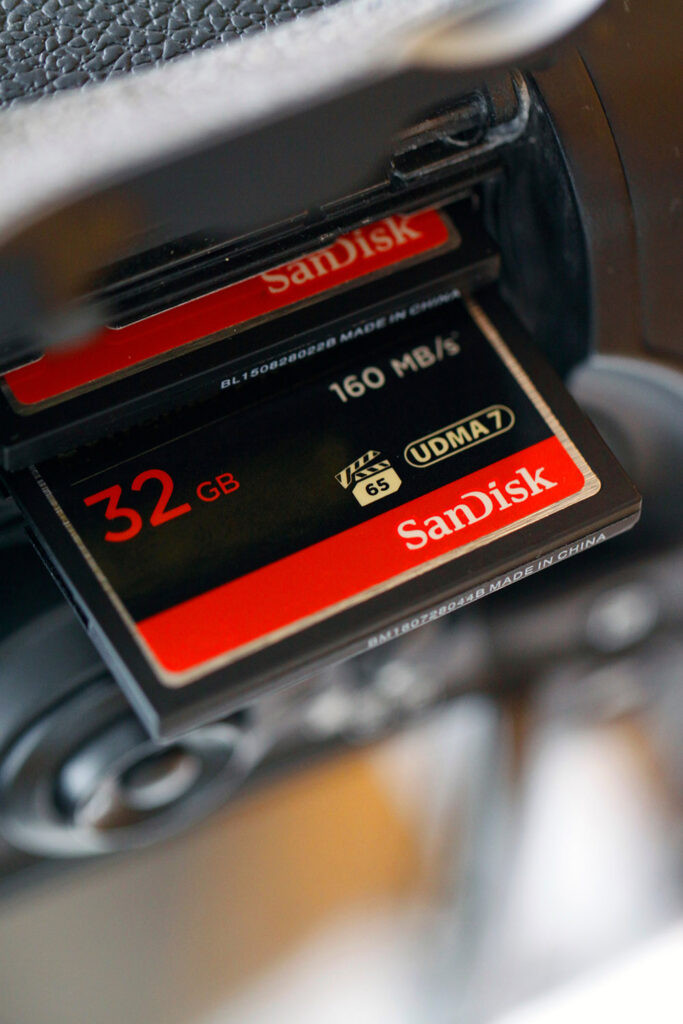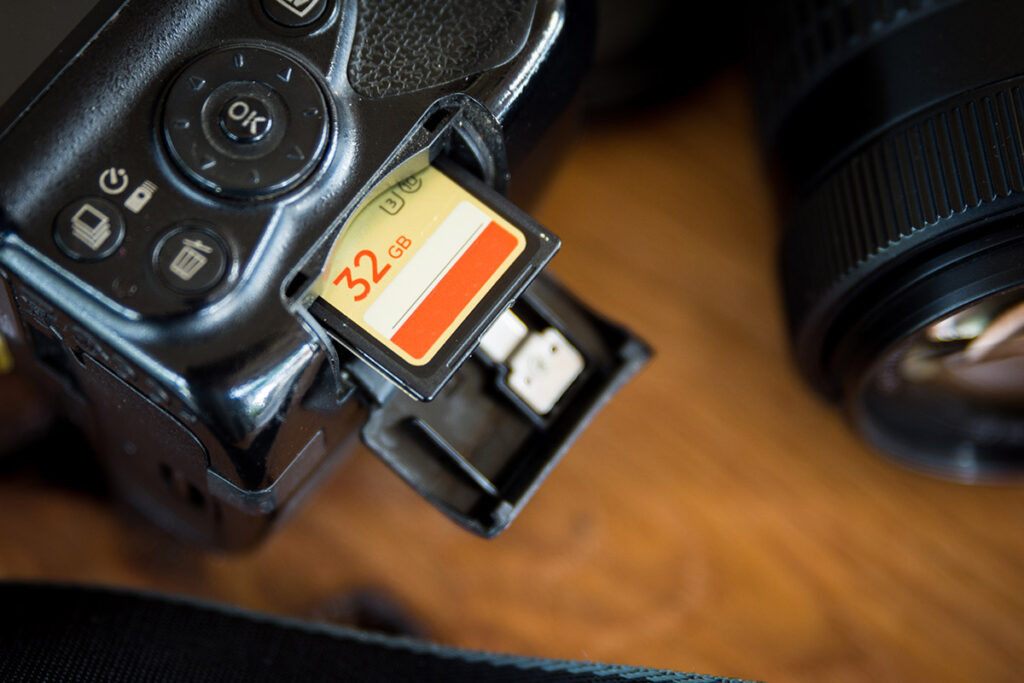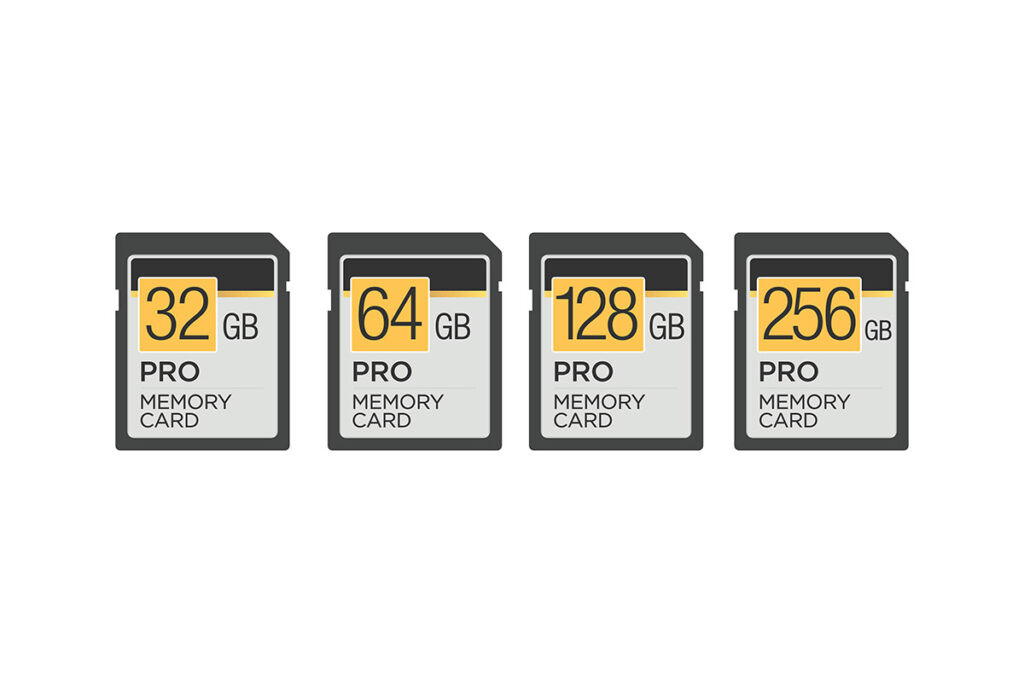Ever wondered just how many precious moments you can capture before your memory card fills up? If you’re pondering the capacity of a 32GB SD card for your photos, you’ve come to the right place. This guide will break down everything you need to know about maximizing your storage and understanding how many photos a 32GB SD card can realistically hold.
 32gb memory card capacity
32gb memory card capacity
We’ll demystify the technical aspects like file formats, image resolution, and quality settings, explaining how each of these factors plays a crucial role in determining your card’s photo capacity. By the end of this article, you’ll be equipped with the knowledge to confidently estimate how many photos your 32GB SD card can handle, ensuring you never miss capturing those important memories.
Decoding 32GB SD Card Capacity: How Many Photos?
Generally, a 32GB memory card can accommodate a substantial number of photos. You might be looking at storing approximately 22,888 JPEG photos on a 32GB card. However, this is just an estimate. The actual number can fluctuate significantly based on several key elements, including your camera’s settings, the file format you choose, the resolution of your camera, and even the reliability of your SD card.
Let’s delve into the common file formats and their impact on storage capacity:
JPEG: The Space-Saver
JPEG is a widely used image format, especially for online sharing and general photography. Its popularity stems from its efficient compression, which reduces file size while maintaining acceptable image quality. This compression is lossy, meaning some image data is discarded to save space.
A 32GB SD card is often quoted as holding up to 22,888 JPEG photos. However, this number is variable. The megapixel count of your camera and the quality settings you choose will directly influence the size of your JPEG files and, consequently, how many fit on your card.
For instance, if you’re shooting with a 22-megapixel camera, your JPEG files will be larger than those from a lower-resolution camera. In this case, a 32GB card might hold closer to 4,161 JPEGs. If we consider that DSLR JPEG images can average around 10MB in size, a 32GB card might store approximately 3,276 photos.
RAW: Uncompressed Detail
For photography enthusiasts and professionals, RAW image formats are essential. RAW files capture the complete, unprocessed data directly from your camera’s sensor. This results in superior image quality and greater flexibility for editing, allowing for extensive adjustments to color and exposure without degrading the image. However, this uncompressed nature means RAW files are significantly larger than JPEGs.
Due to their larger size, RAW photos will drastically reduce the number of images you can store on a 32GB SD card. If you’re shooting 4-megapixel RAW images, a 32GB card might hold around 2,228 photos. However, with a 22-megapixel camera, this number plummets to approximately 416 RAW photos on the same 32GB card.
DNG: Adobe’s Universal RAW
DNG (Digital Negative) is another RAW format, developed by Adobe as an open standard. Like other RAW formats, DNG retains all the original image data from your camera, providing maximum editing latitude. The advantage of DNG is its universality; it’s designed to be compatible across different software and camera brands, particularly within the Adobe ecosystem.
DNG files generally have a file size comparable to traditional RAW files. Therefore, if you opt for DNG, expect the storage capacity on your 32GB SD card to be similar to that of other RAW formats. Managing DNG files effectively requires sufficient storage space on both your memory cards and your computer.
Key Factors Influencing Photo Storage on a 32GB Card
 32GB Memory Card
32GB Memory Card
Understanding what affects the number of photos your 32GB SD card can hold is crucial for photographers. Several factors come into play, and being aware of these will help you manage your storage more effectively.
ISO Settings and Bit Depth
ISO settings control your camera’s sensitivity to light. Higher ISO values are useful in low-light conditions but can introduce more noise or grain into your images. Increased noise can lead to slightly larger file sizes as the camera tries to record this additional information.
Bit depth refers to the number of colors your camera can record. Higher bit depths capture more color information, resulting in richer, more detailed images. However, this increased detail also translates to larger file sizes.
File Formats: JPEG vs. RAW vs. DNG
As discussed earlier, file format is a primary determinant of file size. RAW and DNG files, being uncompressed, are significantly larger than compressed JPEGs. Choosing JPEG will allow you to store many more photos on your 32GB card compared to shooting in RAW or DNG.
Image Size (Resolution)
Image size, or resolution, is measured in pixels and dictates the level of detail in your photos. Larger image sizes (more pixels) capture more detail and allow for bigger prints or more cropping flexibility. However, larger images naturally result in larger file sizes. Your camera typically offers various image size options, allowing you to balance detail with storage capacity.
File Size: The Bottom Line
File size is the actual amount of storage space a photo occupies on your SD card, usually measured in megabytes (MB). It’s the culmination of all the factors mentioned above – file format, image size, and quality settings. Understanding file size is key to estimating how many photos you can fit on your 32GB card.
Image Quality Settings
Within JPEG format, cameras often offer different quality settings (e.g., Basic, Normal, Fine, Superfine). Higher quality settings reduce the amount of compression applied to the JPEG, resulting in better image quality but also larger file sizes. Lower quality settings increase compression, saving space but potentially sacrificing some image detail.
Being mindful of these factors empowers you to make informed decisions when shooting and storing your photos. You can optimize your camera settings to balance image quality with storage capacity, ensuring you capture all the important moments without running out of space.
Estimating SD Card Storage: A Simple Calculation
To get a rough estimate of how many photos a 32GB SD card can hold, you can follow these steps:
Step 1: Understand Your File Format
- JPEG: Compressed format, smaller file sizes (around 4-6MB for a 12MP photo). Good for everyday use, but some quality loss occurs.
- RAW: Uncompressed format, larger file sizes (20-40MB each). Maximum editing flexibility and image quality, but fewer photos per card.
Step 2: Consider Megapixel Count
Higher megapixel cameras produce larger files. A 40MP DSLR photo will be significantly larger than a 12MP smartphone image.
Step 3: Factor in Quality Settings (JPEG)
For JPEGs, higher quality settings mean larger files.
Step 4: The Estimation Formula
While not perfectly precise, here’s a useful estimation method:
-
JPEG (12MP, average quality):
- Assume an average JPEG file size of 5MB.
- Convert 32GB to MB: 32GB * 1000 MB/GB = 32,000MB
- Divide total capacity by average file size: 32,000MB / 5MB ≈ 6,400 photos
-
RAW (average size):
- Assume an average RAW file size of 30MB.
- 32,000MB / 30MB ≈ 1,067 photos
Important Note: These are rough estimates. Actual numbers can vary depending on your specific camera and shooting conditions. It’s always better to overestimate your storage needs slightly.
Choosing the Right Memory Card Size
 Memory Card type
Memory Card type
While 32GB is a common size, determining the ideal memory card size depends on your photography habits and needs.
For most users, 64GB might be a more practical starting point than 32GB. Memory cards 32GB and smaller are classified as SDHC (Secure Digital High Capacity), while cards 64GB and larger are SDXC (Secure Digital eXtended Capacity).
Consider these factors when choosing:
- Shooting Frequency: If you’re a frequent shooter, aim for a card that can hold 1,500 to 2,000 photos from your camera to avoid constantly swapping cards.
- Casual Photography: For occasional use, a card holding around 1,000 photos might suffice. The goal is to have enough space for your outings but also encourage regular offloading and backups.
- Video Recording: Especially for 4K video, you’ll need significantly more space. 128GB should be considered a minimum, and 256GB or larger is recommended for serious video work to avoid interruptions for footage transfer.
While larger cards like 1TB SD cards exist, they might be overkill for many and introduce a higher risk of losing a large amount of data if the card fails. Balancing capacity with practicality and data security is key.
FAQs: 32GB SD Card Capacity
1. Is 32GB Enough Memory Card Capacity?
The answer depends on your photography style:
- Occasional Shooters: 32GB can be sufficient for users who take photos infrequently.
- Regular Photographers: Consider 64GB or larger for ample space and fewer card swaps.
- RAW Format Shooters: 64GB or larger is highly recommended to accommodate the larger file sizes of RAW images.
2. Can SD Cards Lose Data?
Yes, SD cards are susceptible to data loss. Physical damage (drops, bending), improper removal during data writing, and power loss during transfer can all corrupt data. Regularly backing up your photos is crucial to prevent losing your valuable images.
See more: How Many Pictures Can 8GB Hold?
Conclusion: Maximize Your 32GB SD Card
Understanding the factors that influence SD card capacity empowers you to make the most of your 32GB card. By considering file formats, image sizes, and quality settings, you can confidently estimate how many photos you can store and optimize your camera settings accordingly.
Remember, regular backups and proper care of your memory cards are essential for safeguarding your precious photographic memories for years to come. Happy shooting and smart storing!
